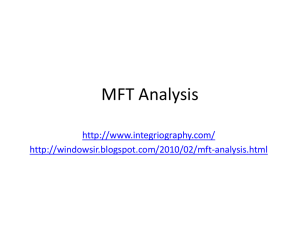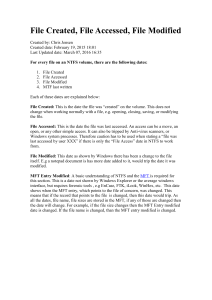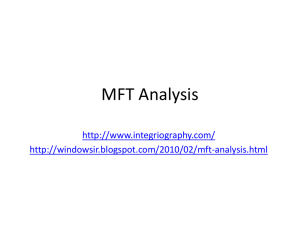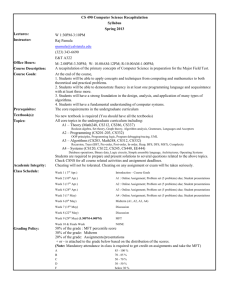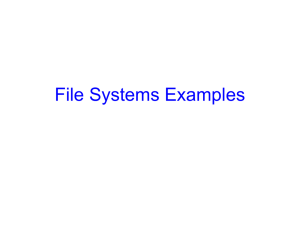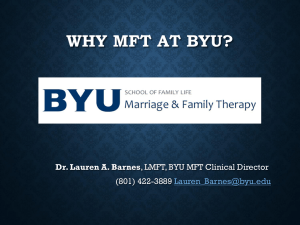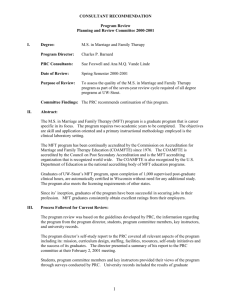Lab 1 and 2
advertisement
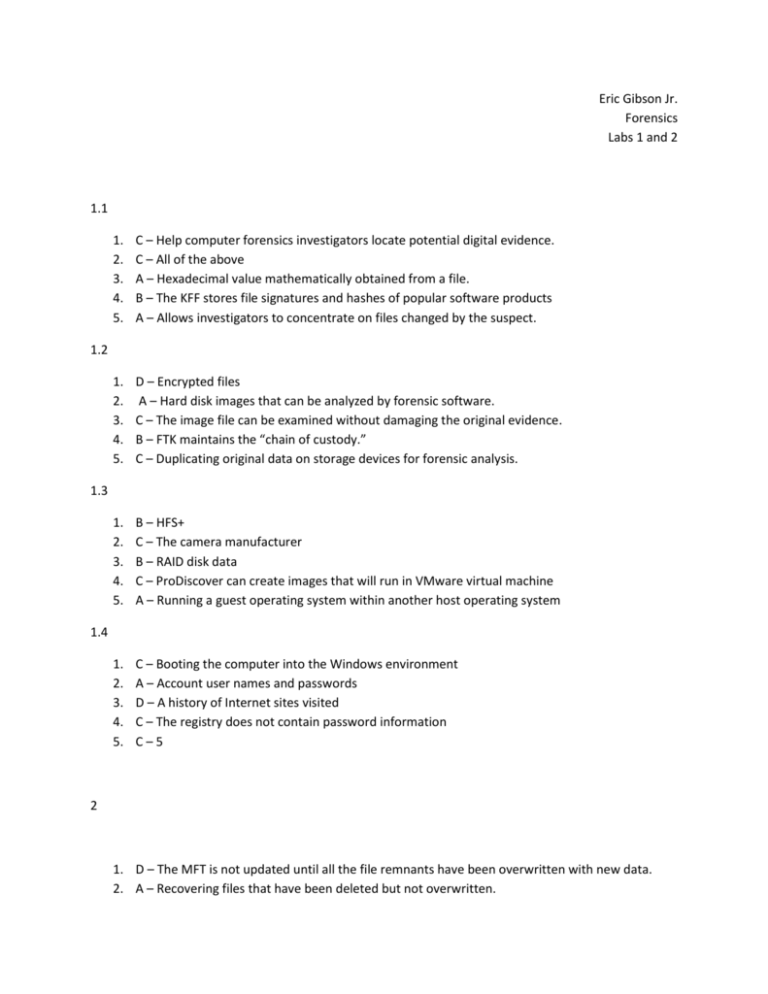
Eric Gibson Jr. Forensics Labs 1 and 2 1.1 1. 2. 3. 4. 5. C – Help computer forensics investigators locate potential digital evidence. C – All of the above A – Hexadecimal value mathematically obtained from a file. B – The KFF stores file signatures and hashes of popular software products A – Allows investigators to concentrate on files changed by the suspect. 1. 2. 3. 4. 5. D – Encrypted files A – Hard disk images that can be analyzed by forensic software. C – The image file can be examined without damaging the original evidence. B – FTK maintains the “chain of custody.” C – Duplicating original data on storage devices for forensic analysis. 1. 2. 3. 4. 5. B – HFS+ C – The camera manufacturer B – RAID disk data C – ProDiscover can create images that will run in VMware virtual machine A – Running a guest operating system within another host operating system 1. 2. 3. 4. 5. C – Booting the computer into the Windows environment A – Account user names and passwords D – A history of Internet sites visited C – The registry does not contain password information C–5 1.2 1.3 1.4 2 1. D – The MFT is not updated until all the file remnants have been overwritten with new data. 2. A – Recovering files that have been deleted but not overwritten. 3. D – 7 4. B – The MFT is updated to indicate free space when files are deleted. 5. B – Writing 0s and 1s to the file remnant locations. 2.2 1. 2. 3. 4. D - .mft B – Maintaining the original storage device integrity by preventing any changes to the evidence. A – The ProDiscover image does not copy the MFT because it is not needed during analysis. A – It is used to prevent any data or changes to be written to the original storage device violating the “chain of custody.” 5. C 2.3 1. 2. 3. 4. 5. A - .dd C – CD or DVD C - .eve images to ISO D - .dd C 1. 2. 3. 4. 5. D - .eve B – Is not optimized to search large volumes of data A – Be small enough to fit on a floppy disk as a portable imaging tool A – MD5 B 1. 2. 3. 4. 5. B–7 3 C – Qtr 1 Emp B - Online B–2 2.4 2.5

